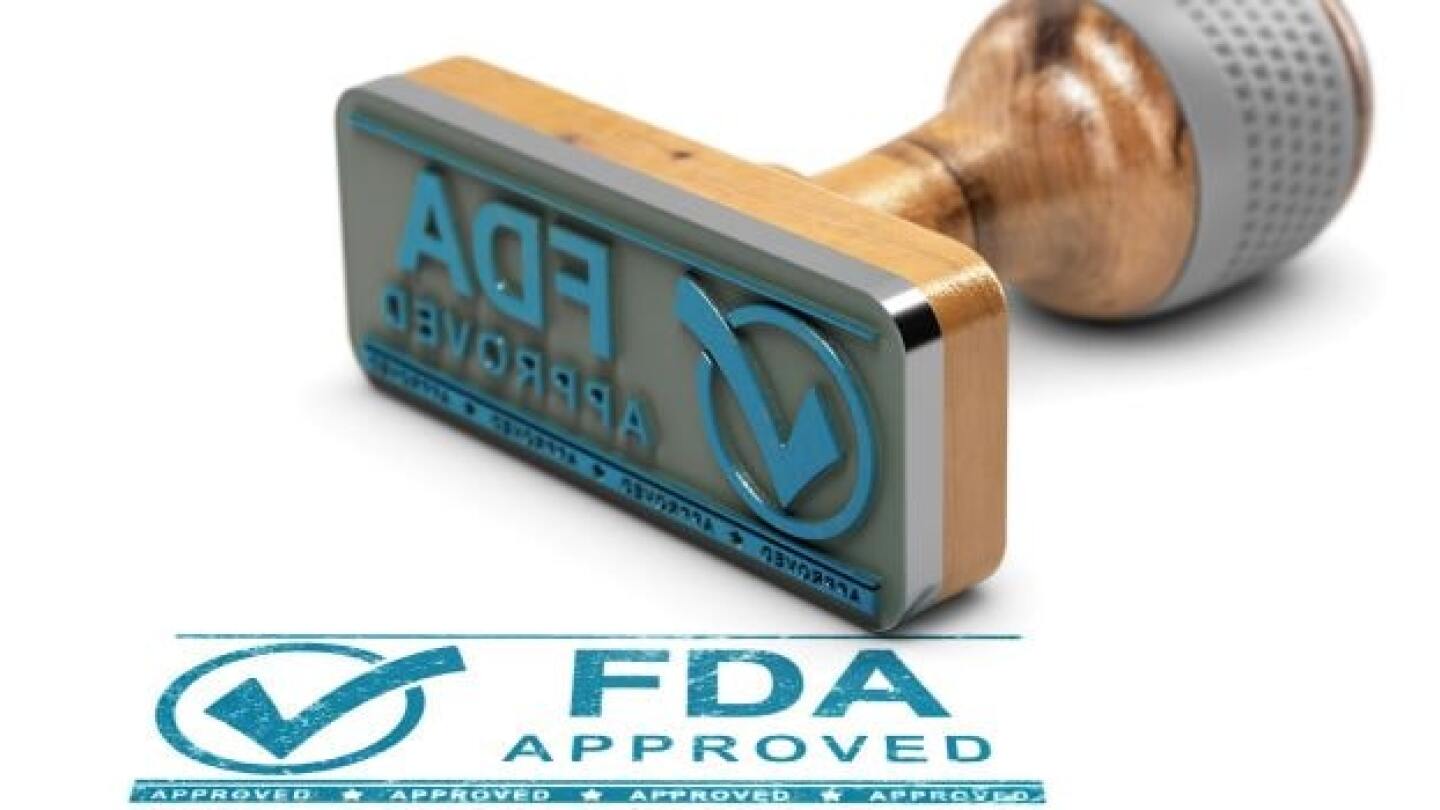Rare diseases
BEAM-302 “has set the bar for efficacy in this space,” William Blair analysts wrote in an investor note on Monday.
On the agenda for the FDA this month are two RNA-based treatments for rare diseases.
While Congress is renewing the priority review voucher program for rare pediatric diseases, the FDA should be required to keep public records of the passes changing hands, too.
Analysts at Jefferies see Makary as a positive for the rare disease space, given his support for accelerated approvals and openness to “customizing regulatory pathways for rare diseases.”
A BioSpace analysis of all 80 priority review vouchers that have been handed out across the three FDA programs that offer them found that 2024 was the busiest year yet. Companies have disclosed spending $513 million on vouchers that were earned in 2024 so far.
Congress did not reauthorize the rare pediatric disease priority review program at the end of 2024. Advocates say the ripple effect is already being felt across biopharma.
Protagonist Therapeutics notches a milestone in its pact with Takeda for rusfertide. New data show that many patients with a chronic blood cancer taking the drug didn’t need to have their blood removed to bring down dangerously high hemocrit levels.
ITF, IntraBio and Orchard are among the companies that have won FDA nods in the past year for Duchenne muscular dystrophy, Niemann-Pick disease type C, metachromatic leukodystrophy and more.
As it did during the COVID-19 pandemic, mRNA technology offers an efficient way forward in developing products for diseases that lack approved treatments.
SpringWorks Therapeutics sprung out of Pfizer’s storeroom, when a rare disease advocacy group pushed to keep a program for neurofibromatosis alive. This method could work for “every rare disease under the sun,” advocates say.
PRESS RELEASES










